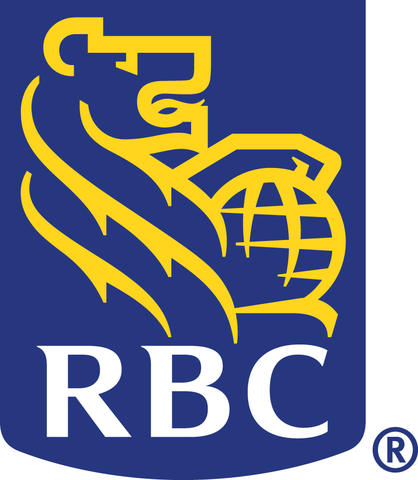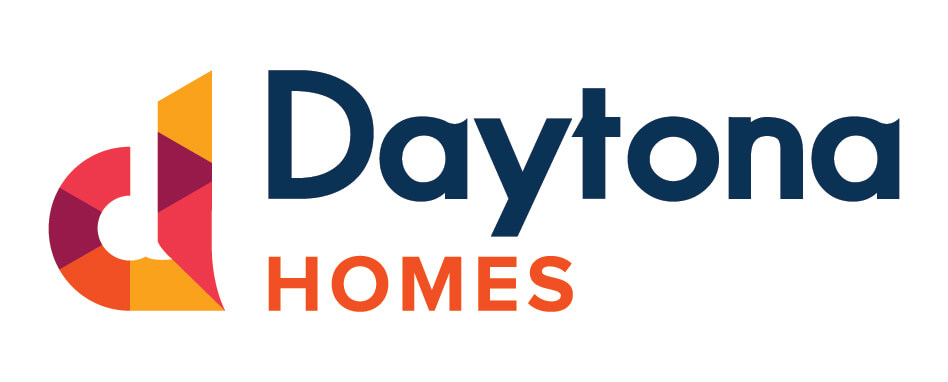What to know about childhood cancer
The most common childhood cancers are leukemias (cancers of the blood-producing tissues), lymphomas (cancers of the lymphatic system) and brain tumours, whereas cancer of the skin, prostate, lungs, colon and rectal are most common in adults.
Childhood cancer is highest among infants under the age of one and lowest among children ages 10 to 14. Most childhood cancers are diagnosed before age four.
A child’s age and stage of development is an important factor when considering treatment options. Although childhood cancers are more responsive to treatment, cancer therapies can be harsh and may have lasting disabling effects on growing bodies and minds.
The causes of most childhood cancers are still unknown, while many adult cancers have been linked to environmental, occupational and life style issues such diet, alcohol and smoking.
Carcinomas
Carcinomas begin in the epithelial tissue, which covers the external surfaces of the body and lining of glands and internal body cavities.
Carcinomas are very rare in childhood.
Central nervous system tumours
Central Nervous System Tumours are found in the central nervous system, which makes up the brain and spinal cord.
These organs are responsible for controlling body functions such as movement, thinking, learning, breathing and heart rate. Tumours can be malignant or benign. There are many types of CNS tumours. CNS tumours are the most common solid children’s tumours, around 1 in 5 children with cancer have a CNS tumour.
Kidney cancers
Kidney cancers occur when cancerous cells grow in the kidney tissue.
Wilm’s tumour is the most common type of kidney cancer and usually occurs in very young children. Renal cell carcinoma is a less common type of childhood cancer, in which abnormal cells grow in the lining of small tubes in the kidney. Other forms of kidney cancer include clear cell sarcoma of the kidney and rhabdoid tumour of the kidney. Some of these cancers can also spread to other parts of the body. Around 6 in 100 childhood cancer cases are kidney cancer.
Leukemia
Leukemia is a cancer of the blood-forming cells produced in the bone marrow.
Bone marrow is located in the centre of bones and creates blood cells. There are different types of leukemia, including acute lymphoblastic leukemia, acute myeloid leukemia and the less common chronic myeloid leukemia and juvenile myelomoncytic leukemia. Leukemia accounts for almost 1 out of 3 cancers in children. Acute lymphoblastic leukemia is the most common form of childhood cancer.
Liver cancers
Liver cancers occur when cells in the liver grow abnormally and form cancerous tumours.
Hepatoblastoma is the most common form of liver cancer and is most commonly found in infants or very young children.
Lymphoma
Lymphoma is a cancer of the lympthatic system, which is part of the immune system.
Lymphatic tissue can be found in many places in the body, including the the lymph nodes, tonsils, adenoids, spleen, thymus gland and inside the bone marrow. The first signs of lymphoma may be, but are not limited to, a lump or swelling in the neck, groin or underarm. Lymphoma cells can also cause swelling in other parts of the body, causing pain. There are two main types of lymphoma, Hodgkin’s lymphoma and non-Hodgkin’s lymphoma.
Neuroblastoma
Neuroblastoma is a type of solid tumor occurring in the nervous system.
This type of tumour grows in the developing cells of the sympathetic nervous system. This is the nerve system that transports messages throughout the body. All involuntary actions are performed by the sympathetic nervous system. This includes heart rate, dilating of the pupils, etc. When a young cell of the sympathetic nervous system mutates, neuroblastoma occurs. A young cell is called a neuroblast. When mutation occurs, the neuroblasts grow uncontrollably and create cancerous tumours. Approximately 7 out of every 100 children diagnosed with cancer have neuroblastoma.
Sarcoma
Sarcomas are solid tumors that are found in the bone, muscle, and other soft tissues.
There are many types of childhood cancer sarcomas. Osteosarcoma is a common cancer of the bone, most often the bones of the arms and legs. It can be found in other areas of the body too. Ewing’s sarcoma is another common bone tumour, often affecting the bones of the pelvis, chest, arms, and legs. It can also occur in any bone in the body. Approximately 12 in every 100 cases of childhood cancer are sarcomas.
Thyroid cancer
Thyroid cancer occurs when cancerous cells grow in the thyroid gland, which makes hormones to regulate temperature, energy level, body weight and appetite.
These cancers are rare in small children, and more commonly found in older children and teenagers. About 1 in every 100 childhood cancer diagnosis are thyroid cancer.
Is your family or someone you know facing childhood cancer?
Please call us at 403 216 9210 or email us to learn more about our free programs and services.














